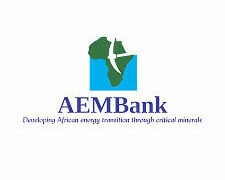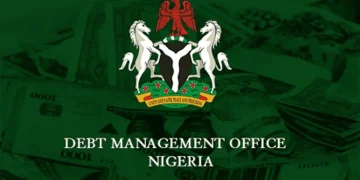The NESG–Stanbic IBTC Business Confidence Monitor (BCM) report has revealed that businesses in Nigeria sustained a positive trajectory in September 2025 as the agriculture sector rebounded.
The report showed a marginal rise to 107.9 points, up from 107.3 in August 2025. This improvement reflects sectoral dynamics, notably a rebound in Agriculture, supported by the harvest season, and steady activity in the Services sector.
A sectoral review confirmed that all five broader economic activities stayed in the expansion zone. Agriculture posted the strongest recovery, rising sharply to 107.3 from a contractionary 95.6 in August, while non-manufacturing (114.5), Trade (107.6), and Manufacturing (102.5) all expanded, albeit at a slower pace compared to August.
The report pointed out that “key BCM sub-indices, such as investment, exports, access to credit, and prices, registered marginal gains relative to August 2025, pointing to improving sentiment in capital formation and external trade.
“Importantly, recent improvements in the cost of doing business and input prices suggest a gradual moderation of inflationary pressures on firms. However, this positive trend remains fragile, as financing constraints, erratic electricity supply, high commercial property costs, unclear policy signals, and persistent insecurity undermine business confidence and investment appetite.”
Stanbic IBTC stated that “the current business performance of Nigerian businesses improved slightly in September relative to August, buoyed by both the Agriculture sector and Services, both of which neutralised the modest activity softening in Manufacturing, Non-manufacturing, and Trade sectors.”
According to the company, a breakdown of the components of the current business performance shows an improvement in the general business situation, a higher level of demand, improved employment conditions and greater access to credit relative to the prior month.
“Besides, the cost of doing business has declined for the third consecutive month, while the price index has remained below the 100 index points psychological threshold since November 2024, implying underlying price pressures are moderating. This is unsurprising as fuel cost and exchange rate pressures, which negatively impacted prices in 2024, have seen limited price movements in 2025.”
It noted that the exchange rate appreciated by 5.5 per cent year-to-date as of October 2, 2025, relative to a 40.9 per cent depreciation in 2024, and fuel cost declined by 13.8 per cent in the first 7 months of 2025 relative to a 77.0 per cent price increase in 2024.
Stanbic IBTC stated, “We estimate that the oil and non-oil sectors may have grown by 14.3 per cent year-on-year and 4.4 per cent year-on-year, respectively, translating into overall GDP growth of 4.5 per cent year-on-year in Q3 2025. We now lift our 2025 growth forecast to 4.0 per cent Y-o-Y, from 3.5 per cent Y-o-Y, after fully accounting for the impact of GDP rebasing, and after surprisingly good Q2:25 GDP growth.”
Going into 2026, it said, “the non-oil sector’s growth should remain strong amid a likely reduction in interest rates and low inflation, both of which should support aggregate demand and private investment.





